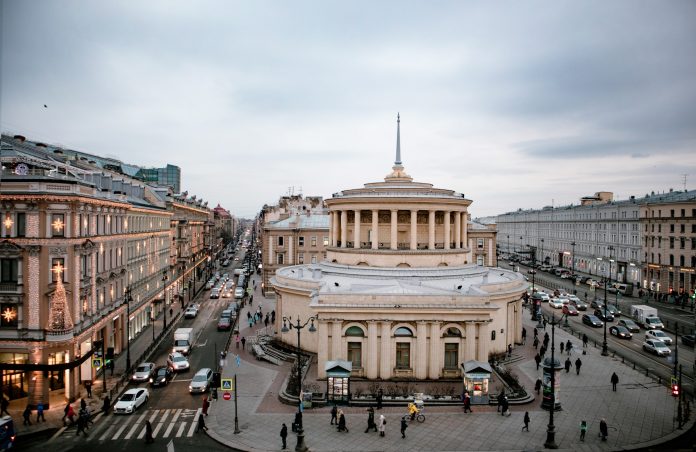Mickey Mayhew is a published author who has written several books on Rasputin and the Romanovs, having travelled to St Petersburg and visited Rasputin’s apartment, which has been preserved just as the notorious mystic left it. Mr Mayhew has a particular interest in Nicholas II, the last Tsar of the Romanov dynasty, who was brutally killed along with his family in the Bolshevik uprising. This article will look at the lives and last days of the Romanovs and Rasputin.
Nicholas II, the last Russian Emperor, was born in Tsarskoe Selo in 1868. He and his wife, Alexandra, had five children. Nicholas II came to power as Tsar of Russia on 26 May 1896 (Old Style dating). It is said that he fitted the role ‘neither by upbringing nor by temperament.’
According to accounts from the time, Tsar Nicholas II was an ill-prepared monarch with little knowledge of politics and foreign policy. At his coronation, the Saint Andrew’s Cross fell from his neck at the altar, which was taken to be a bad omen. Despite 5,000 citizens being trampled to death at a festival site near his coronation, the family decided to go ahead with their coronation ball, a decision that was not well received by the public.
Led by Vladimir Lenin, the Bolsheviks seized control of Russia in the October Revolution of 1917. Later renaming themselves the Russian Communist Party, the movement’s ideology was based in Leninist and latterly Marxist-Leninist principles, known as ‘Bolshevism’.
On 8 March 1917, riots broke out in St Petersburg, which was known as Petrograd at the time. Tsar Nicholas ordered the city commandant to implement robust measures to restore order, including deploying troops. However, the move came too late. The government had already resigned, and the army-backed Duma called on Tsar Nicholas to abdicate. On 15 March 1917, Nicholas renounced the Russian crown in favour of his brother Michael, but Michael refused it.
Originally, there were plans to send Nicholas and his family to England. However, largely due to opposition from the revolutionary Workers’ and Soldiers’ Council, the Romanovs were removed to Tobolsk in Western Siberia, before being taken to Yekaterinburg in the Ural Mountains in April 1918.
Months later, anti-Bolshevik Russian forces moved in on Yekaterinburg in an attempt to rescue the Russian royals. The Bolsheviks ordered local authorities to implement all measures necessary to thwart it.
On 17 July 1918, Nicholas Romanov, his wife Alexandra and their children Olga, Tatiana, Maria, Anastasia and Alexei, were all taken to the building’s basement and shot and bayoneted to death. Footman Alexie Trupp, lady-in-waiting Anna Demidova, court physician Eugene Botkin and head cook Ivan Kharitonov were all killed along with the family.
Initially, the Bolsheviks announced only Nicholas’s death, with the Soviet leadership maintaining a systematic web of disinformation relating to the Romanov family’s fate for the next eight years. It was not until 1926 that they acknowledged the murders, following the publication of an investigation in France.
As for Grigori Rasputin, the mystic Siberian peasant who exerted considerable influence over the Romanov family, several attempts were made on his life over the years to save Russia from calamity.
Having initially ingratiated himself to the Romanov family as a purported healer for their son Alexei, the haemophiliac heir to the Russian throne, Rasputin garnered more and more power at court while simultaneously courting increasing public controversy for his philandering. Tsar Nicholas simply refused to believe that Rasputin was anything other than a ‘holy man’, removing accusers from positions of influence or transferring them to remote regions of the Russian Empire.
Having reached the pinnacle of his power as Tsarina Alexandra’s personal adviser, Rasputin met his end in 1916 when he was killed by a group of extreme conservatives. According to accounts from the time, the group’s attempt to poison him failed. He was shot but managed to run away. Rasputin was shot again, but accounts suggest he survived. Finally, he was plunged into the Neva River through a hole in the ice, although the official autopsy suggests he died from gunshot wounds.

